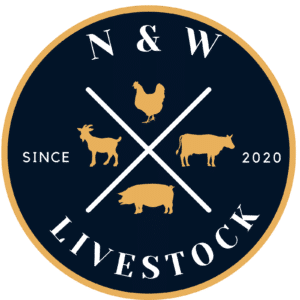Raising Poddy Lambs
Lambs that have been rejected by theirs mums can can be a bit difficult to get started and there is a few reasons why that might be. Our starting point is to consider has mum rejected the lamb because there is a potential issue with the lamb or has the mum rejected the lamb because there is an issue with the mum.
In terms of caring for lambs it’s important to point out that they require constant feeding throughout the day and night in order to regulate temperature and to grow. They really can be as demanding as having a human baby in the beginning.
The first few days of a lambs life can be particularly stressful on the carer so you do need to ask yourself “are you ready to take on this responsibility” once that lamb is taken from its mum there is a high chance it won’t be allowed back.
-
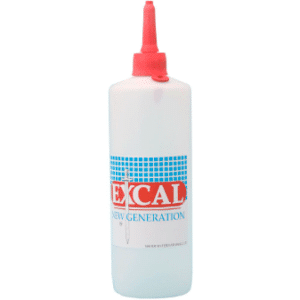
Lamb Feeder Bottle Excal Kid
$11.90 Add to cart -
Sale!
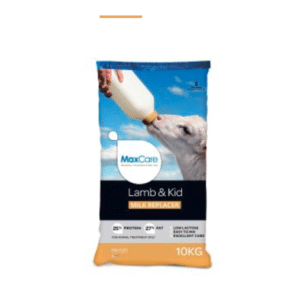
MaxCare Lamb & Kid Milk Replacer – 10Kg
Rated 5.00 out of 5$19.99 – $99.99 Select options This product has multiple variants. The options may be chosen on the product page -
Sale!
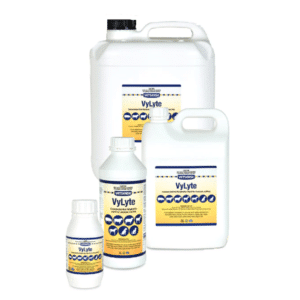
Vetsense VyLyte Concentrated Oral Rehydration Liquid
$15.95 – $316.95 Select options This product has multiple variants. The options may be chosen on the product page -
Sale!
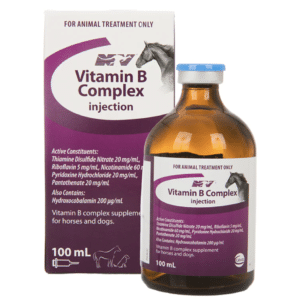
Ceva Vitamin B Complex Injection
$25.95Original price was: $25.95.$23.95Current price is: $23.95. Add to cart
Should you Intervene?
Not every lamb can be saved, not every lamb should be saved. In cases where it’s likely that the mum has rejected the lamb and she herself seems in great condition it’s likely she knows something we do not and the prognosis for the lambs survival is not great.
Often lambs that have been rejected have not had adequate colostrum and there is a very small window where the lamb will absorb what it needs, the first 48 hours are critical.
Replacement colostrum is something you need to have on hand ready to go, if you don’t have this available, the lamb has more chance surviving by staying with the mum, with the mum restrained and forced to feed.
There are a few tell tail signs that within the first few days that would indicate the likelihood of survival:
- Knows how to suckle;
- Has a normal temperature;
- Is alert, ears are not drooping and eyes are bright;
- Has had at least 10% of LBW (Live Body Weight) in colostrum in the first 48 hours;
- Has been urinating and pooing.
Hypothermia In Lambs
Lambs born late winter & early spring, hyperthermia can be a pretty common issues, and with hypothermia comes a very high chance of pneumonia.
A lambs core temperature should be 38.3°C to 39.3°C, anything outside of this range is a cause for concern. A lamb that is too cold should never be given fluids. You must get the core temperature up to a healthy range before feeding.
A great trick to raise the temperature is to place the lamb inside a plastic bag with the head exposed, submerge the bag in warm bath and slowly increase the the temperature of the bath to warm the lamb, they tend to find this pretty relaxing but be careful to not get the lamb wet, this could take up to an hour.
Once the lamb is at temperature you can feed.
What to Feed and When?
A lamb is going to need feeding every two hours and to be cleaned to stimulate bowel movements, kept warm and kept feeling safe. Ideally other herd mates or even a nurturing dog can be a great help to the lambs stress levels.
Over the coming weeks the lambs strength will improve and the feeding requirements will reduce, after the first two weeks feeding volumes can be split over 4 feeds and after four weeks of age feeding can be split over 3 up until 8-12 weeks of age where weaning can be possible dependant on their hard feed intake.
In terms of feeding there are a few options, one is to obviously feed it milk from its mum as a preference, if possible milking the mum, keeping the milk at body temperature and feeding to the lamb is ideal, obviously not often an option so that moves us to the next best thing, milk formula for lambs and kids. Be careful not to feed a calf milk replacer, these tend to be fatal. Check the feeding guide and instruction on the packaging.
Hydration Is Critical
A lamb needs to be consuming 10% of its body weight in fluids per day as a minimum, plus fluids it’s losing due to urination, plus recovering from any suspected dehydration.
The calculation as to how much the lamb should have per feed is calculated by taking the total amount of fluids required and dividing it by the number of feeds it will have in a day.



